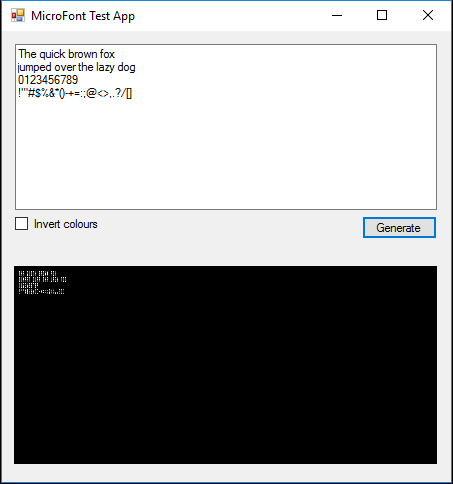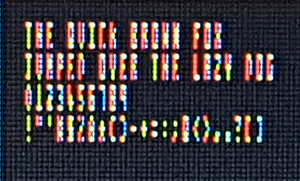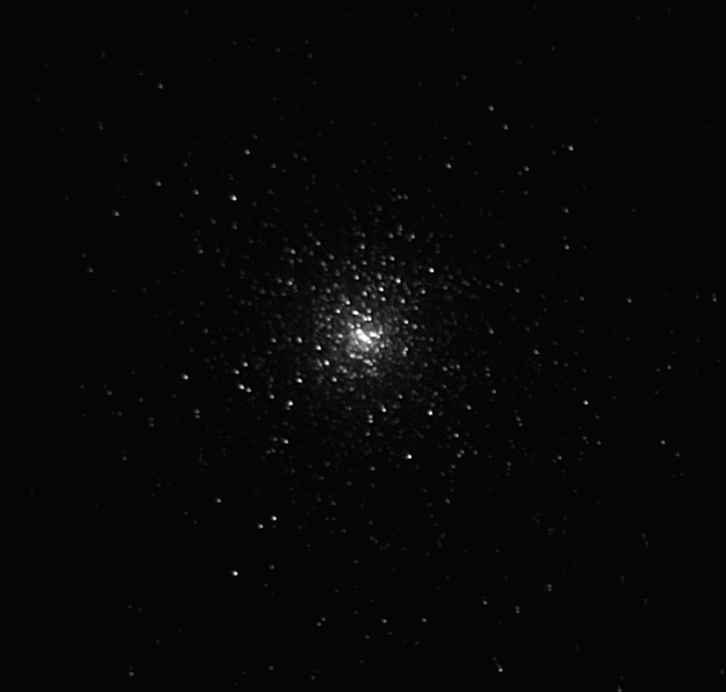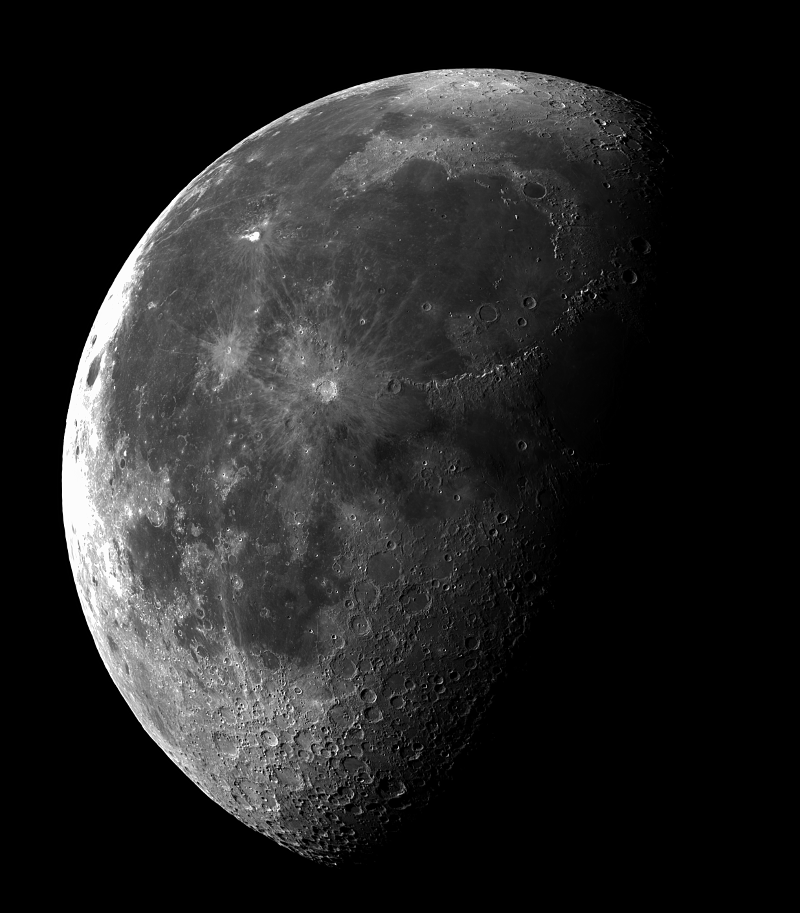The Whisky Diaries: Macallan 12 Year Old
This last week my brother visited for a few days from Ireland after he recently moved there, and this gave me the opportunity to pull out some of the whiskies I have in my collection. I love single malt whiskies but tend to only drink them when I have a fellow whisky drinker over.
Enjoying my whisky in small batches spread out over time means that I tend to forget the flavours and notes of some of my bottles, and so I figured I should keep track of the whiskies I have tried. So, first up, here is one of hte whiskies my brother and I enjoyed this week - The Macallan 12 Year Old.
The Macallan is a Speyside single malt aged in sherry oak casks, and is one of the milder whiskies in my collection. It has an alchohol level of 40% making it one of my ligher bottles. The flavour is smooth with generous notes of sherry and rather sweet undertones.
This is not the type of whisky that will knock your socks off, and goes down easily, making it a rather easily accessible whisky.
Read More »



